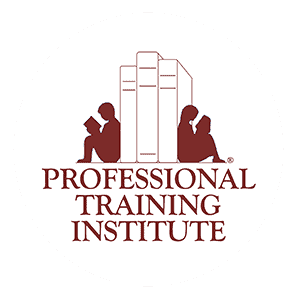
Staying in their seats until given permission to get up, raising their hands before talking, paying attention when the teacher speaks, following directions to complete repetitive work within time constraints, and becoming increasingly independent and organized are all hurdles the student with ADHD faces—hurdles which can prevent them from meeting academic success. Experts suggest that many of the school problems experienced by children with ADHD do not result solely from the biological factors that underlie the disorder, but from a disparity between the child and the learning environment. Some suggest that a shift needs to occur away from accommodating these students’ weaknesses to designing classroom environments that match their strengths.
A specific accommodation plan should be developed with the unique needs of each child in mind, as no two students with ADHD have the same strengths and weaknesses. Such plans should include behavioral management techniques, modifying test delivery, tailoring homework, reducing class size, and modifying instruction.
Students with ADHD perform best with clear expectations and immediate feedback. The following types of behavior modifications are most effective:
- Positive reinforcement ranging from frequent positive feedback to token reward systems in which children can earn prizes and privileges for a specified behavior.
- A response cost technique combines positive reinforcement and negative consequences, which can increase on-task behavior and work completion.
- Correspondence training rewards children for matching their words to actions—they promise to complete a task, and then do it or report it.
Modifying test delivery is another means of enhancing success for students with ADHD. They may better demonstrate knowledge of material through oral testing, performance testing, or other alternative demonstrations of accomplishment. Students can be provided extra time to complete tests or quiet testing areas away from distractions.
Children with ADHD may benefit from modified or shorter homework assignments. Even older students may need help managing their time and keeping track of assignments, textbooks, and other instruction materials. Daily assignment sheets that parents can monitor at home, an extra set of textbooks to keep at home, and assistance planning and executing long-term projects can boost homework completion. On the classroom side, prompting from the teacher to turn in completed assignments can be very helpful, as well.
Small classes are recommended for students with ADHD. Twelve to fifteen in a class is ideal, while thirty to forty is unmanageable. Other strategies for lowering student-teacher ratios include using classroom aides, team teaching with resource personnel, and enlisting parent volunteers.
Modifying instruction can be a most effective method to enhance the academic success of students with ADHD. Previewing a lesson, providing direct instruction, connecting information to a student’s prior knowledge and personal experience, checking for understanding, and preparing students for transitions to the next activity promote a positive learning environment for these students. Adding stimulation to instruction can improve performance and behavior as well. Adding novelty and activity to teaching materials, such as building verbal responses and motor activity into academic tasks, helps improve cognitive effects. Also, Computer instruction has been shown to increase attention in students with ADHD. Computers allow students to work at their own pace and level, provide immediate feedback, and help promote problem-solving skills.
Creating a learning environment that meets the student where they are will help them reach their potential, meet academic standards, and ultimately achieve success. There needs to be an on-going conversation about how to meet the needs of the student with ADHD using a collaborative approach among families, school personnel, and community support systems. Every child deserves to experience success.
Resources










Jaydin Skinner says: